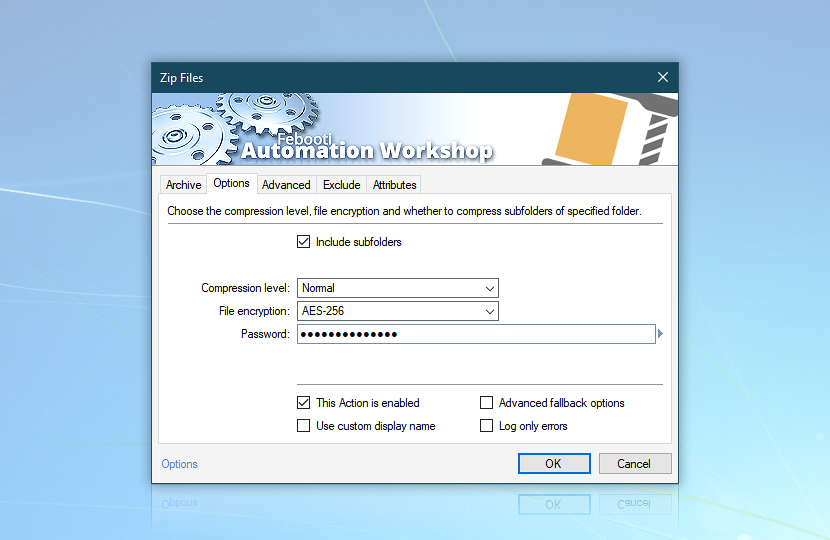

Salt values are different for every user and input.When you hear the name ‘Avast’, what comes to mind? If the answer is a free antivirus that protects almost half a billion users worldwide then you would, admittedly, be correct.

Salting takes one input, like your Master Password or an authentication hash, and makes it more unique and even harder to match. The hash is stored server side for authentication purposes. LastPass encrypts your vault data to protect it from bad actors.Ī one-way function that converts data – like your plaintext Master Password – to a unique, unreadable output called a hash. All these measures protect you against server-side attacks.Ī two-way function that converts plaintext (like your Master Password) to unreadable text. The authentication hash appropriately authenticates by ensuring your plaintext Master Password matches the derived authentication hash stored on the server.īy going through such encryption and hashing methods, your Master Password and sensitive vault data are unknown to anyone but you. LastPass uses 256-bit AES encryption/decryption and PBKDF2 derivation function with a secure hash (SHA256), with salting, to transform your Master Password into an encryption key, and then into an authentication hash.


 0 kommentar(er)
0 kommentar(er)
